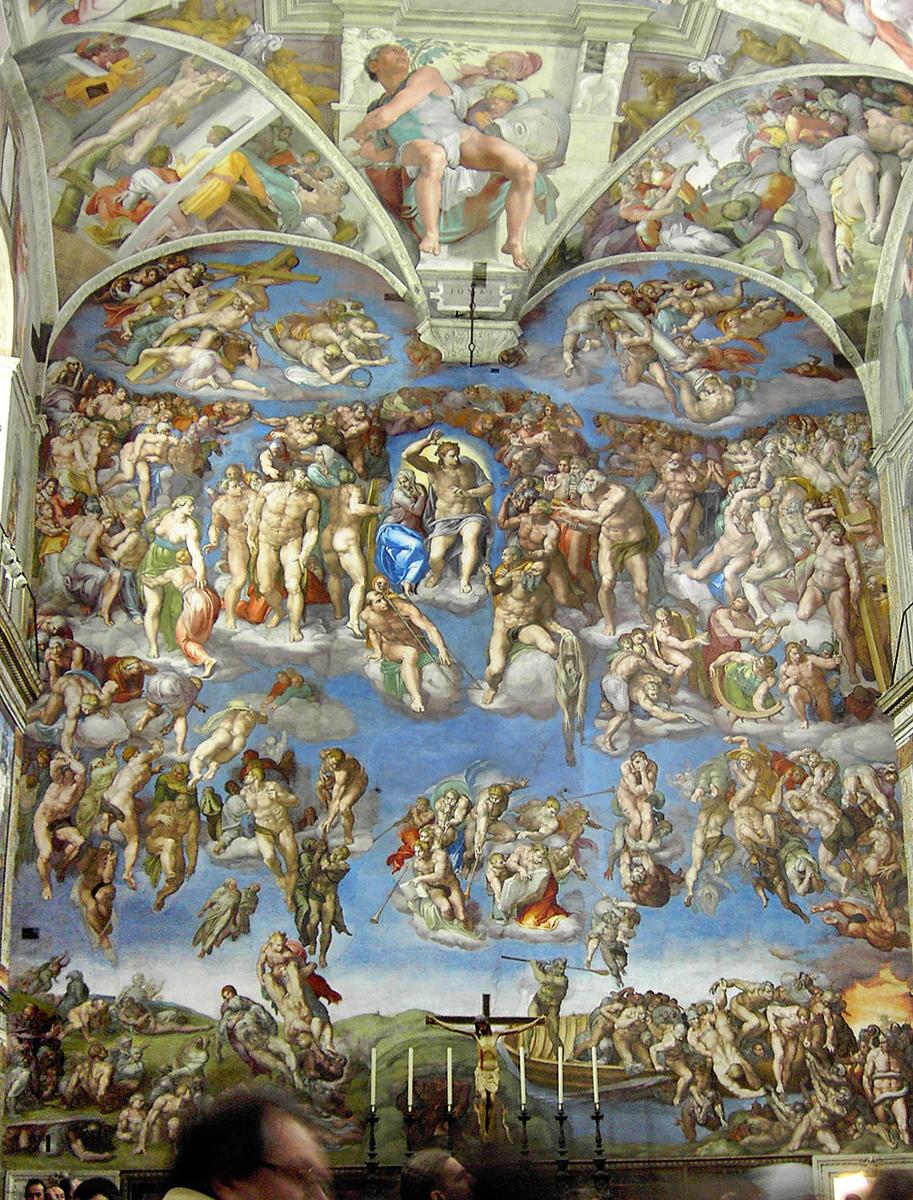Visiting Rome offers endless delights, but the Sistine Chapel stands as a crown jewel of art and history. Nestled in the Vatican City, this chapel is world-famous for Michelangelo’s stunning ceiling and The Last Judgment fresco. When exploring Rome, Italy, the Sistine Chapel represents a must-see destination for those interested in art, culture, and spirituality. Nearby, you will find charming local accommodations, quaint trattorias serving Roman specialties like carbonara and supplì, and bustling piazzas perfect for a leisurely stroll. From Rome’s city center, the Vatican is easily reachable by bus, metro, or taxi. Arriving from Fiumicino Airport or Termini Station is simple, with direct links to the Vatican area. This guide will help you navigate directions, visitor advice, the history behind the chapel, and booking essentials to make your visit smooth and memorable.
Table of Contents
When exploring the Vatican Museums and the Sistine Chapel, you might also enjoy our guide on Rome’s timeless landmarks and hidden charms, offering tips on iconic sights and quiet corners of the city.
Visitors admiring the Sistine Chapel may also appreciate insights on the Uffizi Gallery in Florence, another iconic Renaissance art destination in Italy.
How to Reach the Sistine Chapel Smoothly
The Sistine Chapel is inside Vatican City, accessible mainly through the Vatican Museums entrance. From Rome’s historic center, take Metro Line A and get off at Ottaviano-San Pietro. A short 10-minute walk leads you to the Vatican Museums, through which you enter the Sistine Chapel. Alternatively, several buses stop near the Vatican, including lines 49, 32, and 81. If you arrive at Rome’s Fiumicino Airport, the Leonardo Express train connects to Termini Station in about 30 minutes. From there, transfer to Metro Line A. Taxi rides from airport or station to the Vatican take around 30 minutes depending on traffic. During busy seasons, walking can take longer, so plan accordingly.
Getting Around Vatican City
Inside the Vatican, the museums are vast and require walking through corridors and galleries. Comfortable shoes are a must. Signs clearly direct visitors to the Sistine Chapel, but be prepared for crowds and security checks. Remember, photography inside the chapel is strictly forbidden, which preserves the wonder of seeing Michelangelo’s frescoes with your own eyes uninterrupted.
Best Time and Day to Visit the Sistine Chapel
Choosing when to visit the Sistine Chapel can make all the difference. Early mornings on weekdays, especially Tuesday to Thursday, are usually less crowded. The Vatican Museums open at 9 AM, so arriving right at opening time helps avoid long lines. Avoid weekends and public holidays when the chapel attracts large tour groups and local visitors. Late afternoons tend to be busier as well. Visiting outside of high tourist season, like November or February, offers a calmer experience.
For a special treat, consider booking a night tour. These are less common but allow you to see the chapel with fewer visitors and a different atmosphere. Remember that the Sistine Chapel closes on Sundays except the last Sunday of the month when entry is free but very crowded.
The History and Importance of the Sistine Chapel
Built between 1473 and 1481, the Sistine Chapel was commissioned by Pope Sixtus IV, whose name it bears. It serves as the Pope’s private chapel and the site of the papal conclave to elect new popes. The chapel’s walls and ceiling were originally painted by famous Renaissance artists including Botticelli and Perugino, but Michelangelo’s ceiling, painted from 1508 to 1512, is what truly mesmerizes visitors worldwide.
Michelangelo’s work depicts biblical scenes such as the Creation of Adam and the Fall of Man. It took him four years and immense physical effort, painting while lying on scaffolding high above the floor. Later, from 1536 to 1541, he returned to paint The Last Judgment on the altar wall, a powerful and dramatic portrayal of the final day of judgment, filled with emotion and movement.
The chapel is a masterpiece of religious art and a symbol of human creativity. It has influenced countless artists and remains a spiritual center for Catholics and art lovers alike.
Little-Known Facts About the Chapel
- Michelangelo did not want to paint the chapel ceiling initially; he considered himself a sculptor rather than a painter.
- The colors of the frescoes have been brilliantly restored in recent decades, revealing details hidden under centuries of grime.
- The Sistine Chapel acoustics are so unique that choir singers are able to perform without microphones, filling the space naturally.
Booking Tours and Reservation Advice
Access to the Sistine Chapel is through the Vatican Museums ticket system. It is highly recommended to buy tickets online in advance to skip long queues, especially in peak season. You can purchase tickets from the official Vatican Museums website, which offers options for guided tours, audio guides, or simple entry tickets. Group tours, private guides, and specialized art tours give deeper insight into the artworks and Vatican history.
Remember that security measures are strict: large bags, food, and drinks are prohibited inside the museums and chapel. Dress code rules require covered shoulders and knees, respecting the sacred nature of the site.
For visitors wanting a fast track experience, some tour operators provide “skip the line” tickets with professional guides who share stories and secrets about the chapel’s art and surroundings.
Nearby Attractions and Dining Suggestions
After marveling at the Sistine Chapel, the Vatican Museums offer many wonders including the Raphael Rooms and the Gallery of Maps. Just a short walk leads to St. Peter’s Basilica, where you can climb to the dome for impressive views over Rome. Around the Vatican area, you will find quaint cafés and eateries serving Roman classics like cacio e pepe and artichokes alla Romana.
When visiting the Sistine Chapel, consider also the nearby St. Peter’s Basilica guide for a fuller Vatican experience.
For authentic dining, look for trattorias where locals gather, rather than tourist-heavy spots. Try fresh pasta, creamy gelato, and sip Italian espresso while watching life unfold in the nearby piazzas. Accommodations nearby range from cozy guesthouses to boutique hotels nestled in historic buildings, offering easy access to Vatican and central Rome.
Capturing the Sistine Chapel Memory
While you cannot take photos inside the Sistine Chapel, carry a small notebook or download an audio guide to remember key details. Sketches or reflections about the art’s emotions and colors can deepen your connection to this historic site. After your visit, walking around St. Peter’s Square and nearby Vatican Gardens will help you soak in the atmosphere of this spiritual and artistic hub.
The Sistine Chapel is not just a place to see, but a place to feel-the weight of centuries, the power of faith, and the beauty of human creativity all merge here.
For more information and ticket bookings, visit the official Vatican Museums homepage.

A digital nomad exploring cities across the globe, with a passion for local street food and hidden cafes.
